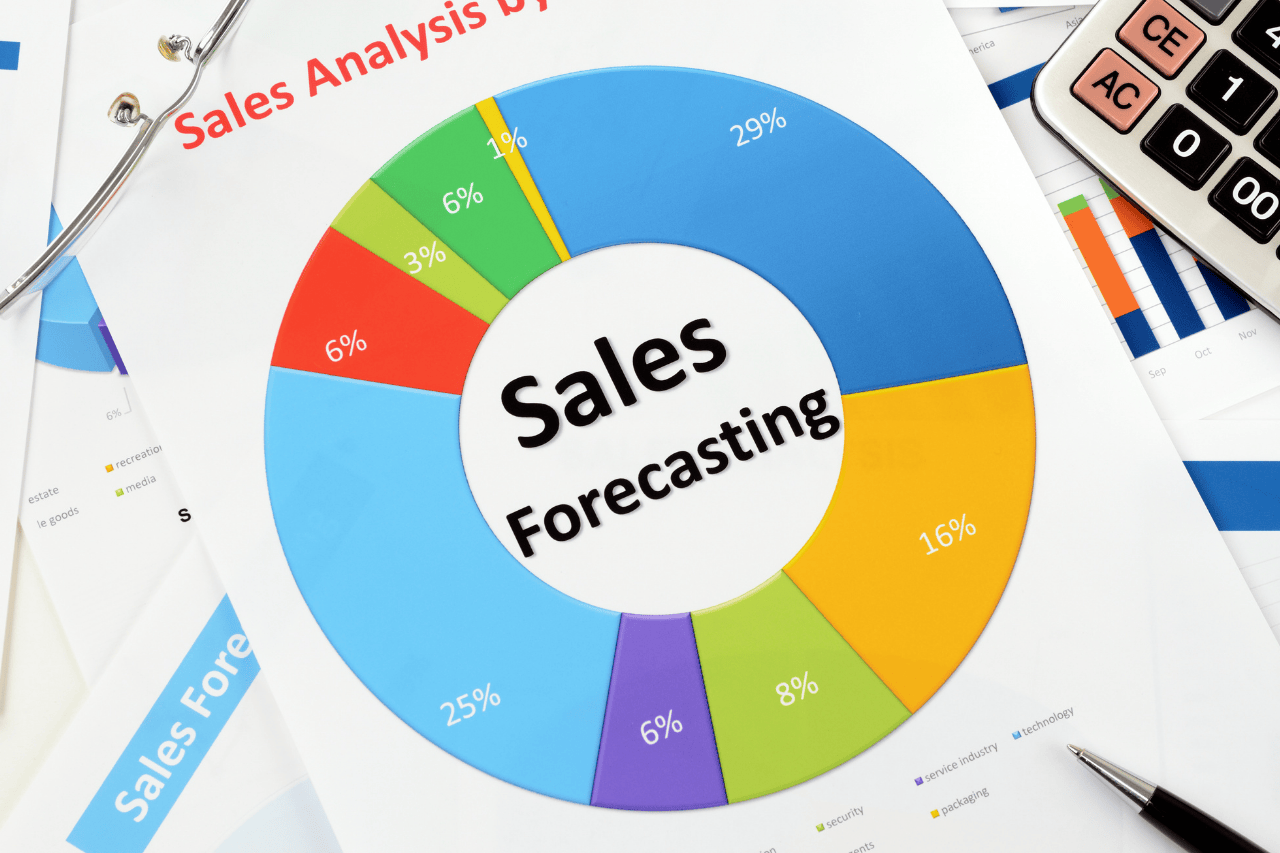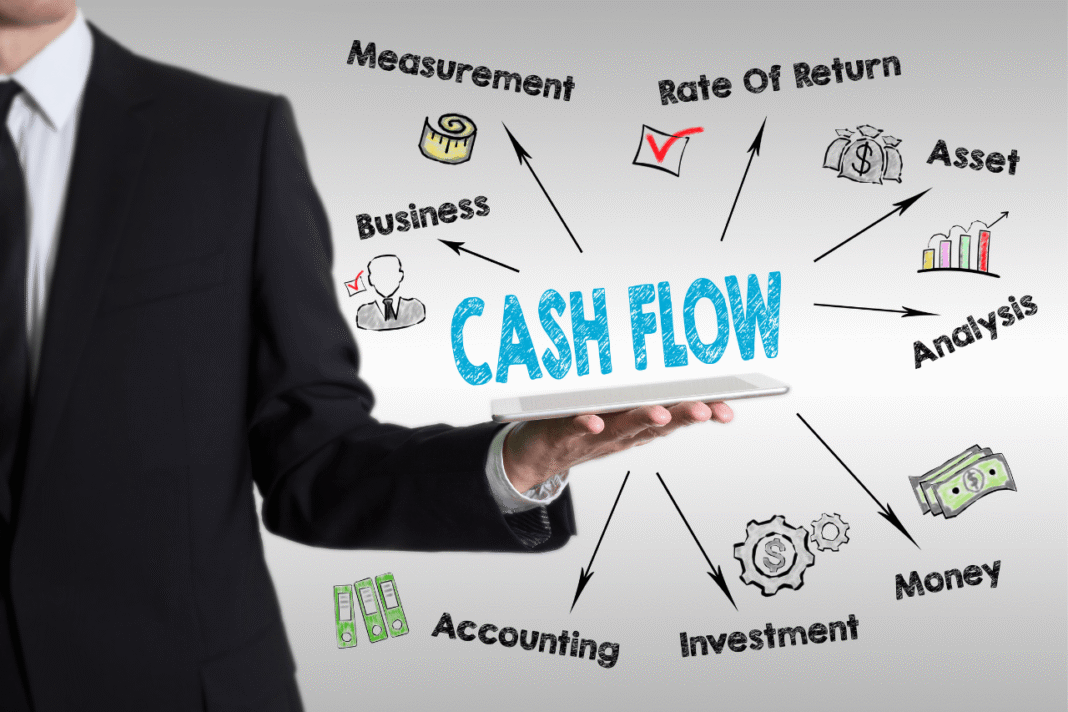If you’re an entrepreneur or small business owner, chances are you’ve asked yourself this question: How do I predict my future sales without sounding unrealistic or overly optimistic?
Sales forecasting can feel like peering into a crystal ball especially if you’re just starting out. But here’s the truth: you don’t need to be a fortune teller to create a reliable sales forecast. With the right approach and tools, anyone can build a data-driven sales projection that sets their business up for success.
What is Sales Forecasting?
Sales forecasting is the process of estimating your business’s future revenue over a specific time period monthly, quarterly, or annually. This estimate is based on a mix of data points such as:
- Historical sales figures
- Industry benchmarks
- Economic trends
- Customer behavior
Whether you’re launching a startup or managing a growing business, a solid sales forecast gives you the clarity needed to:
- Make informed financial decisions
- Manage operations more effectively
- Set realistic growth goals
- Secure funding from investors
Why Is Sales Forecasting Important?
A detailed sales forecast isn’t just a nice-to-have it’s the foundation of your entire financial plan. Here’s what it helps you do:
1. Create a Complete Financial Statement
Once your sales forecast is in place, you can easily build your profit & loss statement, cash flow projection, and balance sheet.
2. Set Realistic Business Goals
Forecasting helps you answer essential questions like:
- How many customers do you expect next month or next year?
- What’s your revenue target in the next 6 months?
- What’s your average transaction value per customer?
3. Impress Investors and Stakeholders
A credible sales forecast builds investor confidence. It shows that you’ve done your homework and have a clear plan to generate revenue.
4. Manage Expenses More Intelligently
By forecasting how much you plan to earn, you can better decide how much to invest in:
- Marketing campaigns
- Staffing
- Product development
- Operational overhead
5. Reduce Financial Risk
Not every forecast needs to be overly optimistic. Smart businesses use multiple forecasting scenarios to prepare for different growth outcomes. That way, you’re not caught off guard if things don’t go as planned.
Top-Down vs Bottom-Up Forecasting (And Why Bottom-Up Wins)
Many entrepreneurs make the mistake of creating a top-down forecast starting with the size of the market and assuming they’ll capture a small share.
Why Top-Down Forecasting Falls Short:
- It assumes customers will automatically find you
- It ignores conversion rates and marketing realities
- It lacks data to support your assumptions
The Better Approach: Bottom-Up Forecasting
Start from the ground level and work your way up. Here’s how:
- Estimate how many people will see your ad or visit your site
- Predict how many will actually engage or inquire
- Forecast how many of those will convert into paying customers
- Multiply by the average transaction value
Example:
- 10,000 ad views
- 1,000 site visits
- 100 purchases
- Average order value = $50
= $5,000 in forecasted revenue
This method is not only more practical it’s also far more credible to investors and partners.
How to Build Your Sales Forecast (Step-by-Step)
Here’s a simplified framework to forecast your sales like a pro:
- List Your Products or Services
- Estimate How Much of Each You’ll Sell Per Month
- Set an Average Price for Each Unit
- Multiply Units × Price = Monthly Revenue
- Calculate Cost of Goods Sold (COGS)
- Subtract COGS from Revenue = Gross Profit
✅ Pro Tip: Repeat this process for each product category (not each individual item).
How Detailed Should Your Sales Forecast Be?
Don’t overcomplicate things. Forecast at the category level, not at the individual product level.
For example, if you’re running a coffee shop, group your offerings like this:
- Hot Beverages
- Cold Drinks
- Pastries & Baked Goods
This gives you a clear, manageable structure without drowning in data.
Aim for 3 to 10 forecast categories enough to get insights, but not so many it becomes overwhelming.
Should You Forecast in Units or Dollars?
Forecasting in units (instead of just total revenue) helps you:
- Understand pricing and volume dynamics
- Track which products/services perform best
- Evaluate customer behavior patterns
Units give you the context behind the numbers, which is crucial for long-term strategy.
Define Your Assumptions
Every sales forecast is built on assumptions. The more aware you are of them, the better you can adjust when things change.
Ask yourself:
- Are you entering a growing or declining market?
- Is inflation or material cost impacting prices?
- Are you launching new products or cutting existing ones?
- Will your marketing channels shift in the next 6 months?
Forecasting isn’t about guessing the future perfectly it’s about preparing for it intelligently.
Sales Forecasting Is a Skill Not Magic
No one gets it perfect the first time. The key is to start with the data you have, make logical assumptions, and refine your forecast regularly. As your business grows, your forecasting accuracy will too.
Remember:
- Use bottom-up methods
- Forecast by product/service category
- Focus on units and conversion rates
- Be transparent with assumptions
A smart, flexible sales forecast is one of the most powerful tools in your startup toolkit.




